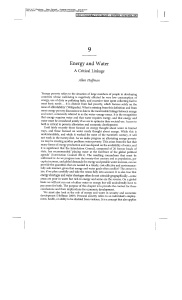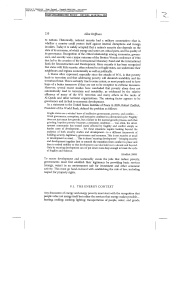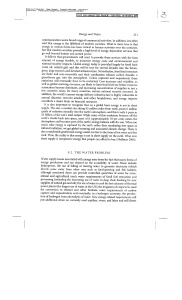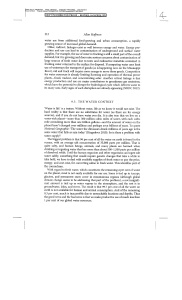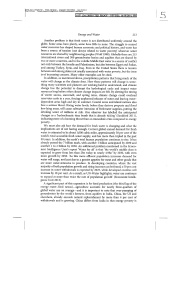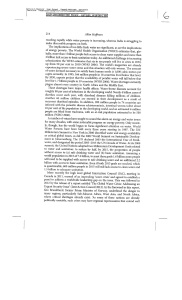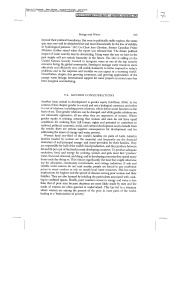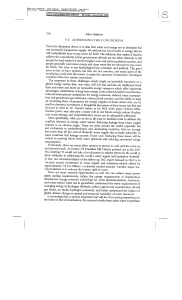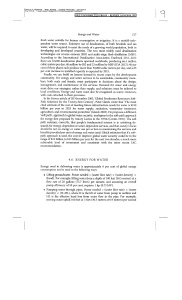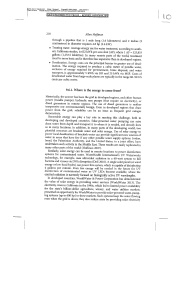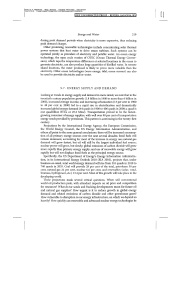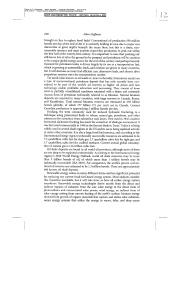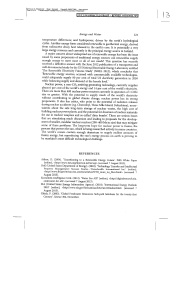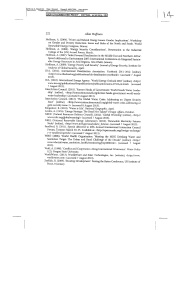I am pleased to use my blog to bring two new books to your attention, one just published and one to be published next month. Both are highly recommended.
The first, just published by W.W.Norton and co-authored by Lester Brown and several of his Earth Policy Institute colleagues, is ‘The Great Transition: Shifting from Fossil Fuels to Solar and Wind Energy’. It addresses the energy transition that is unfolding rapidly around us and is a topic I have been writing and speaking about for many years, including in this blog. Lester has been an important part of this discussion from day one and in this book he and his fellow authors “..explain the environmental and economic wisdom of moving to solar and wind energy and show how fast change is coming.” It is a global topic that needs increased public visibility and discussion, one that will impact the energy systems that our children and grandchildren will inherit. Without going into too much detail I will quote just a few lines from the book’s preface and the comments of two book reviewers:
“Preface: Energy transitions are not new. Beginning several centuries ago, the world shifted from wood to coal. The first oil well was drilled over 150 years ago. Today we are at the start of a new energy transition, one that takes us from an economy run largely on coal and oil to one powered by the sun and wind. This monumental shift, which is just getting underway, will compress a half-century of change into the next decade.
The purpose of this book is to describe how this great transition is starting to unfold. While the book cuts a wide swath and takes a global view, it is not meant to be a comprehensive study of the world energy economy. Each technology discussed here easily deserves its own book, as do many topics important to the transition that are not discussed in depth here, such as energy efficiency, the “smartening” of electrical grids, energy savings opportunities in industry, and batteries and other energy storage…..”
Reviewer comments: “Brown’s ability to make a complicated subject accessible to the general reader is remarkable..”(Katherine Salant, Washington Post); “..a highly readable and authoritative account of the problems we face from global warming to shrinking water resources, fisheries, forests, etc. The picture is very frightening. But the book also provides a way forward.”(Clare Short, British Member of Parliament).
The second recommended book, due out next month, is Gustaf Olsson’s second edition of ‘Water and Energy Threats and Opportunities’. The first edition was published by the International Water Association in June 2012.
In my review of his first edition I stated: “Professor Olssons book, Water and Energy Threats and Opportunities, the result of a meticulous multi-year effort, meets an important and growing need: to define and illuminate the critical linkage between water and energy. He explores the water-energy nexus in detail, and carefully discusses its many implications, including for food production and its connection to global climate change. He properly and repeatedly emphasizes the important message that water and energy issues must be addressed together if society is to make wise and efficient use of these critical resources. Given its comprehensive scope and careful scholarship, the book will serve as a valuable addition to the libraries of students, researchers, practitioners, and government officials at all levels.”
In his expanded second edition Professor Olsson, a distinguished faculty member in industrial automation at Lund University in Sweden and a Distinguished Fellow of the International Water Association, adds additional and updated information on climate change, energy system water requirements, renewable energy, and a clear and comprehensive discussion of the important subject of fracking for fossil fuel supplies which has recently emerged as a major public issue.
In its first incarnation Professor Olsson’s book qualified as a ‘bible’ on water-energy issues. In its second incarnation it qualifies even more so.


